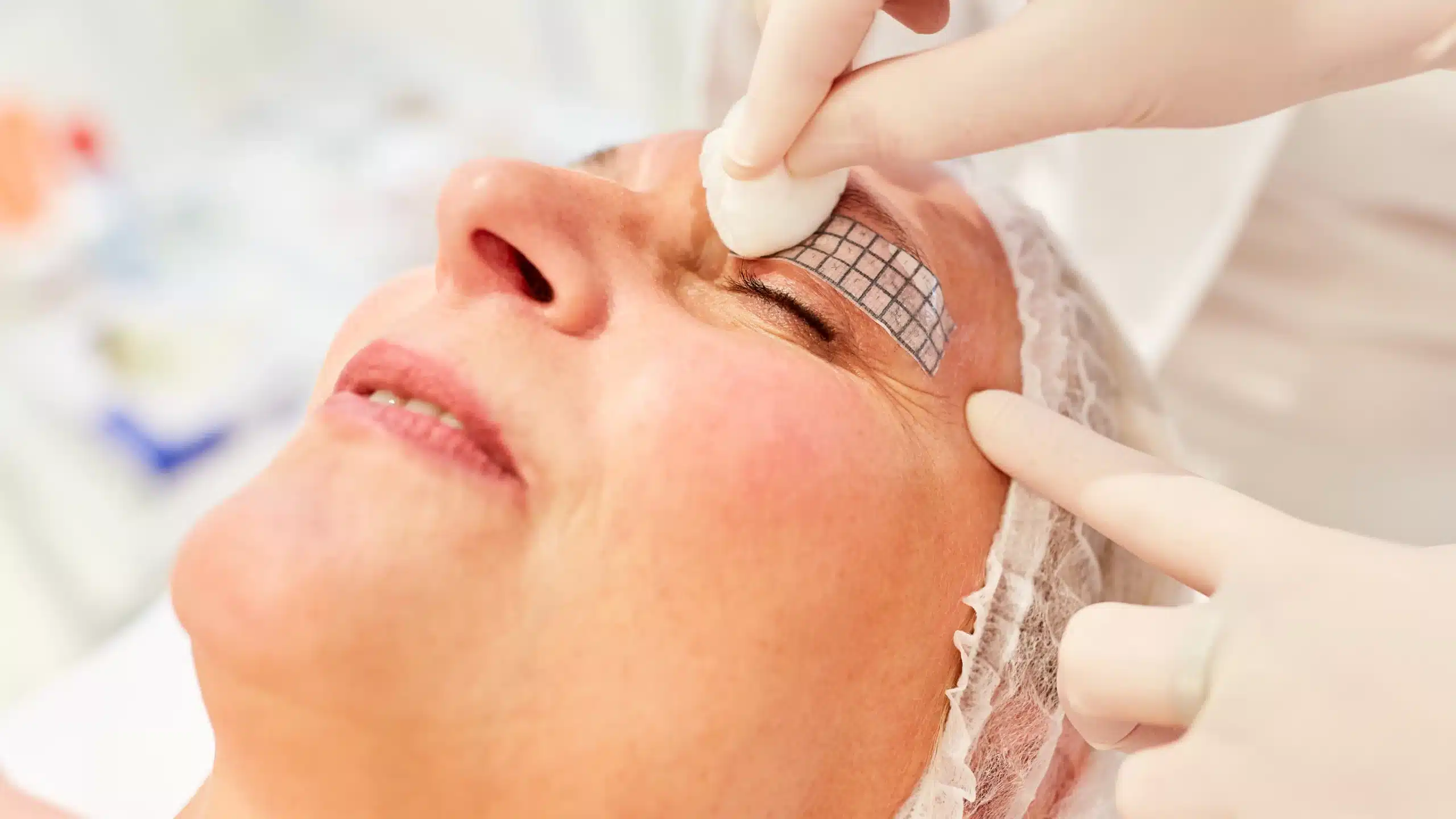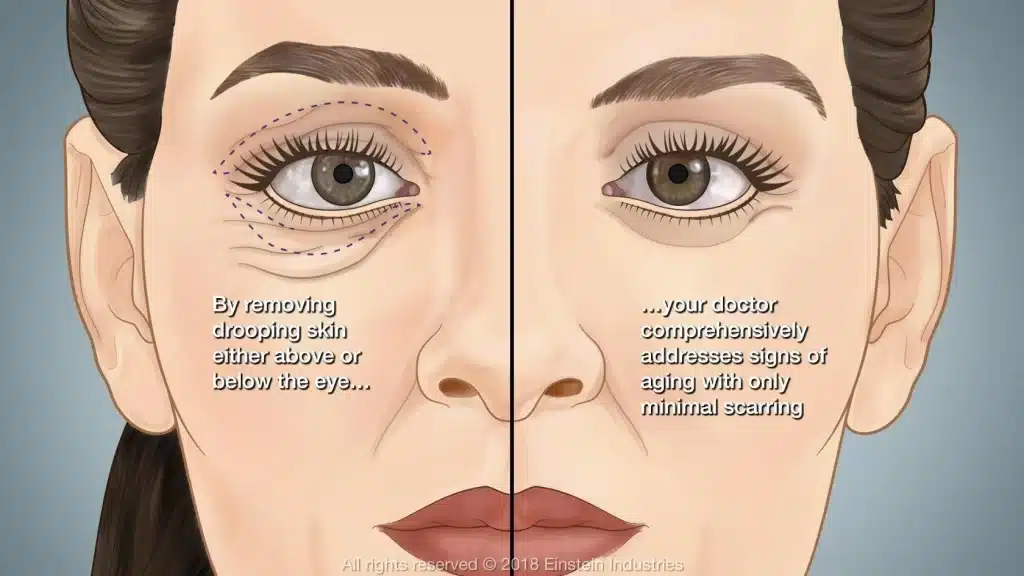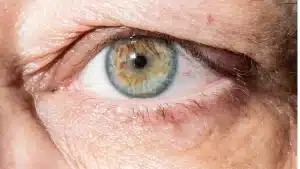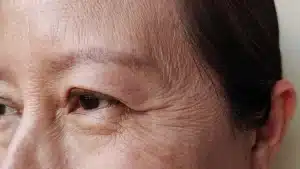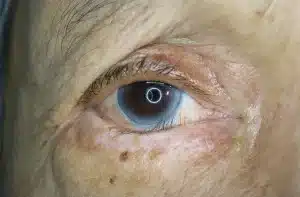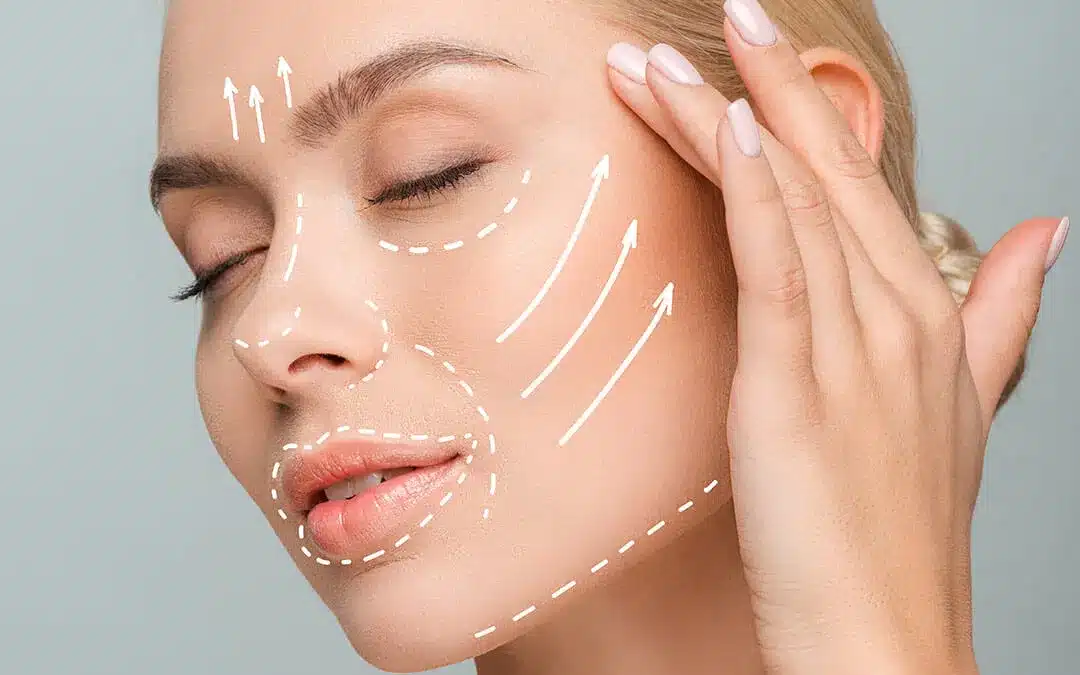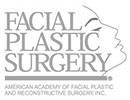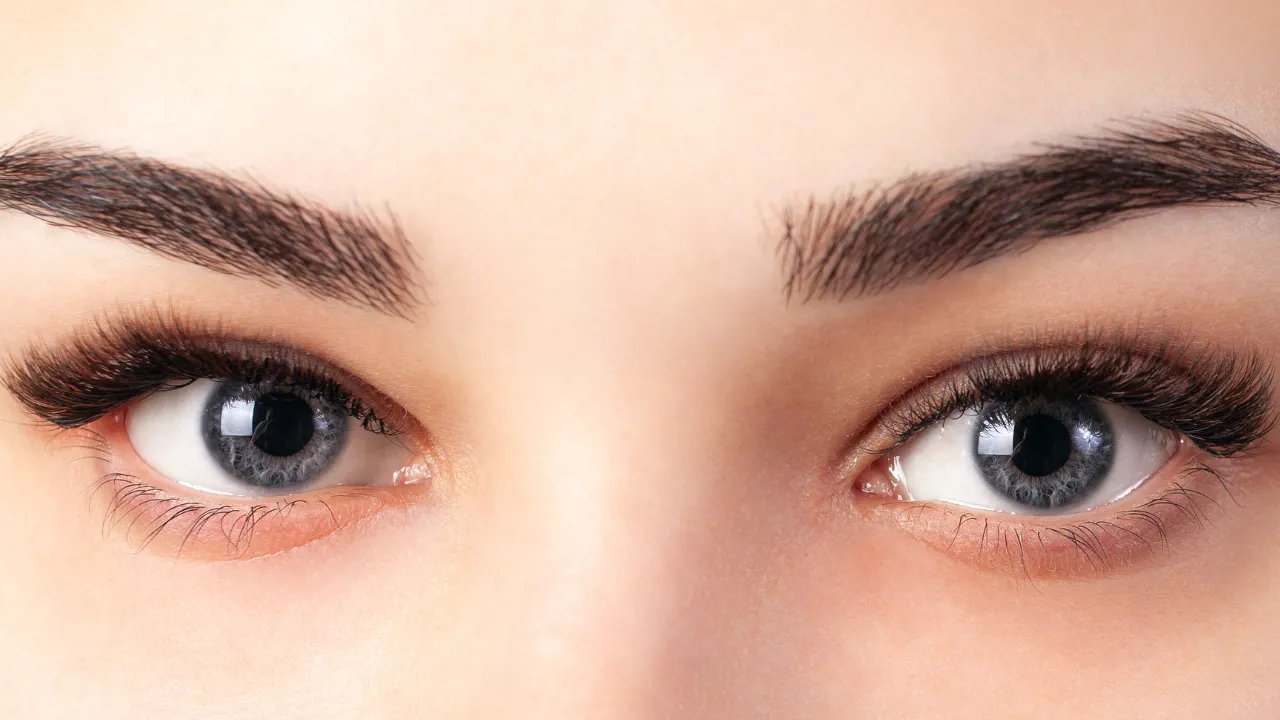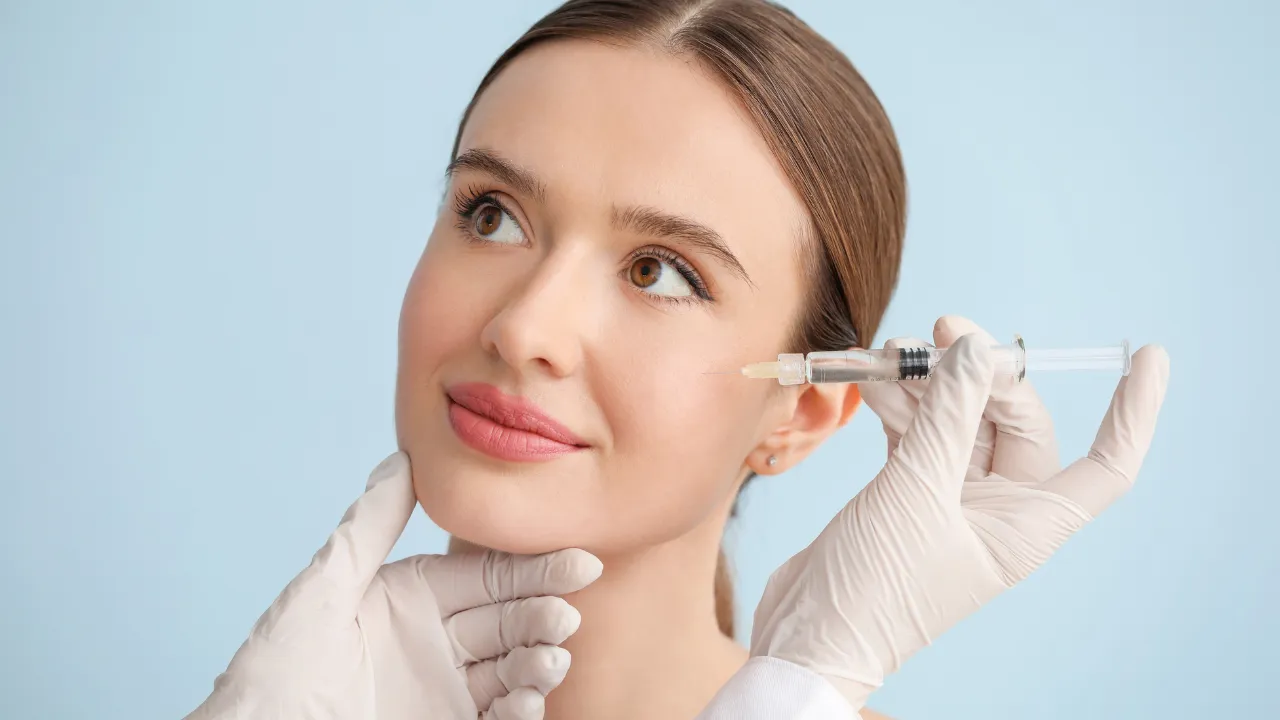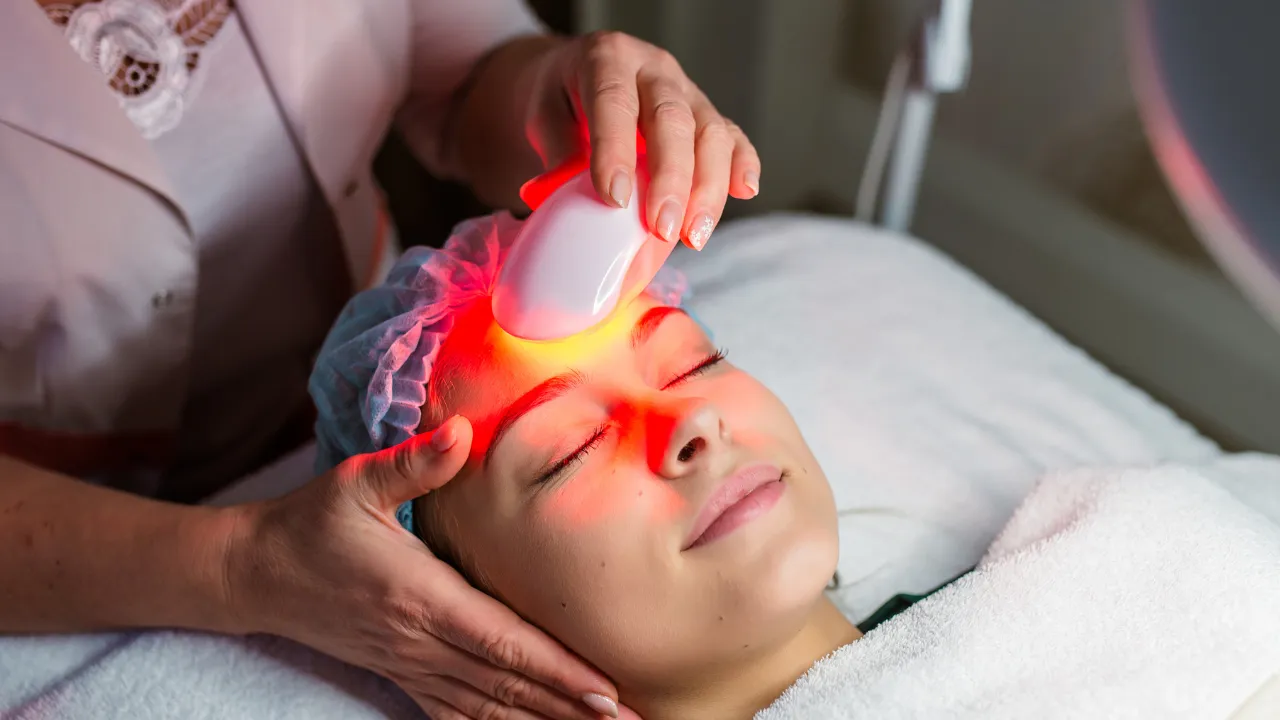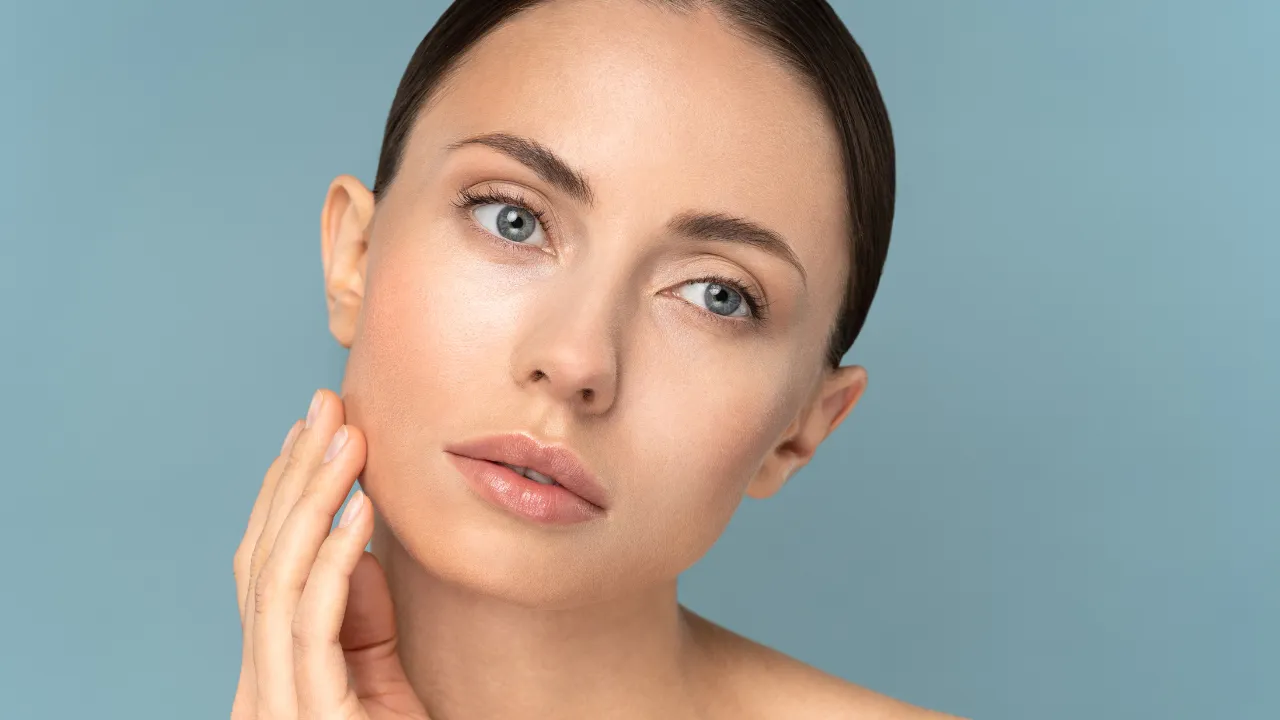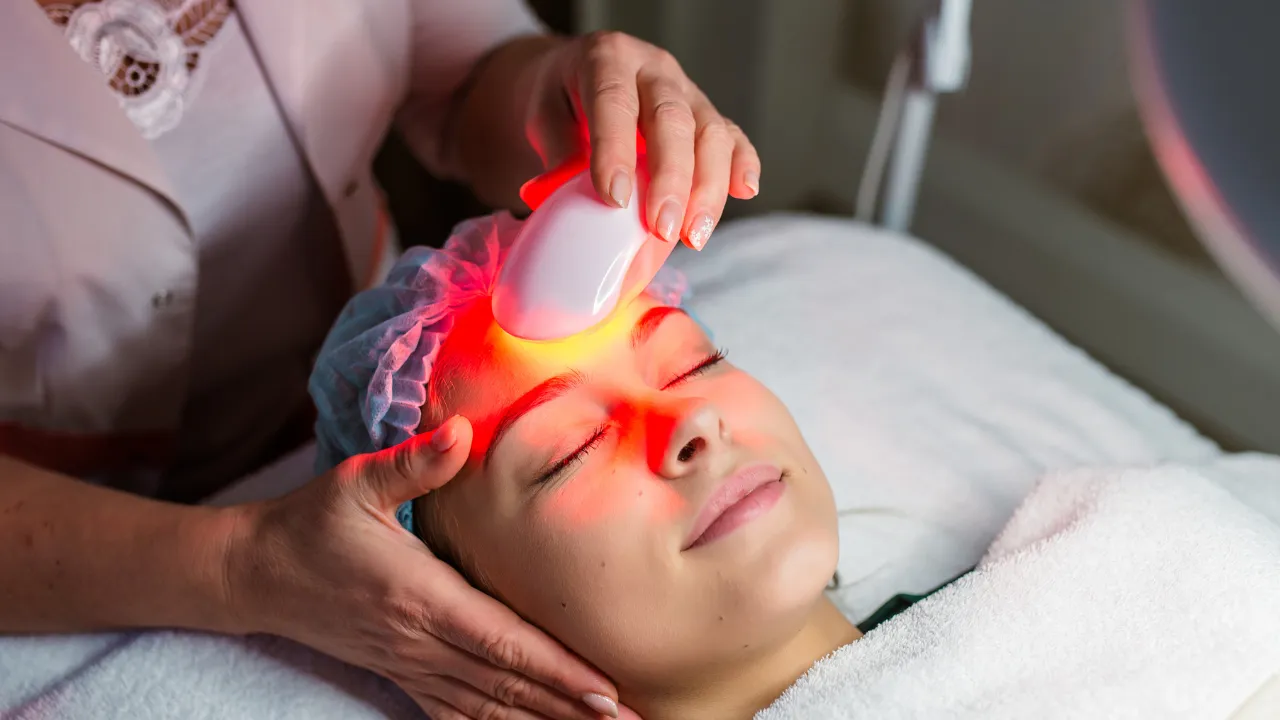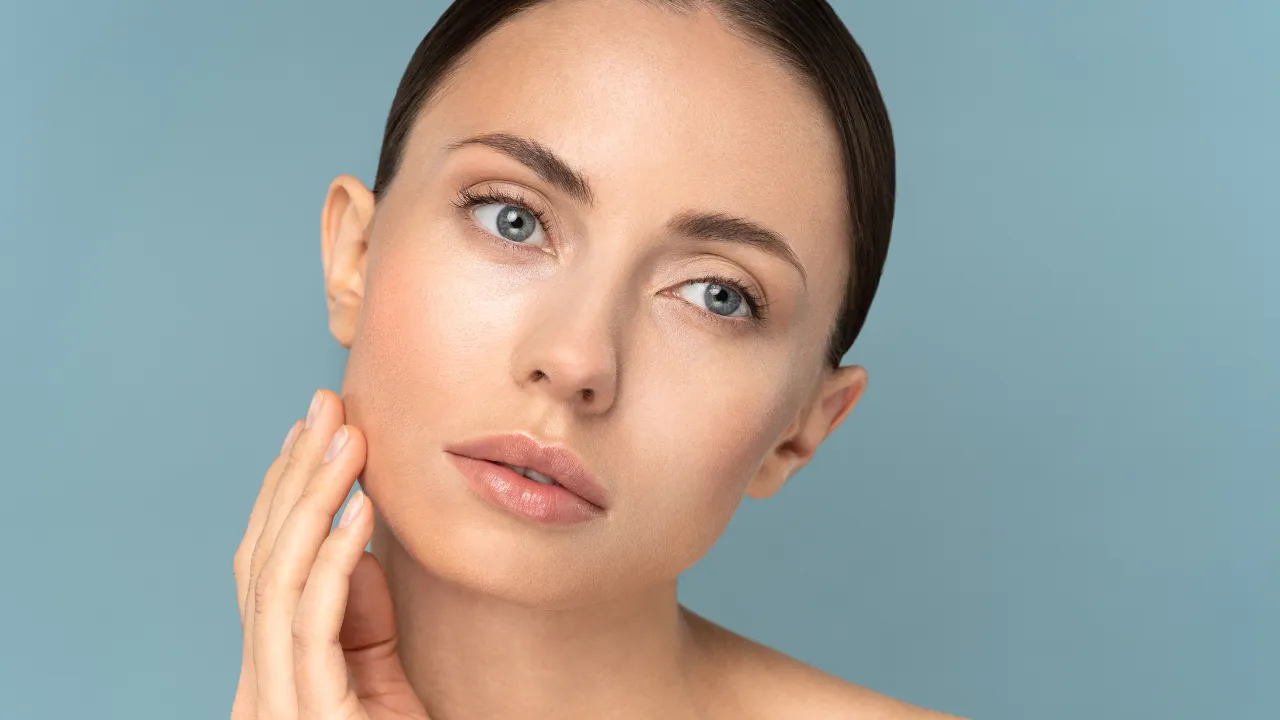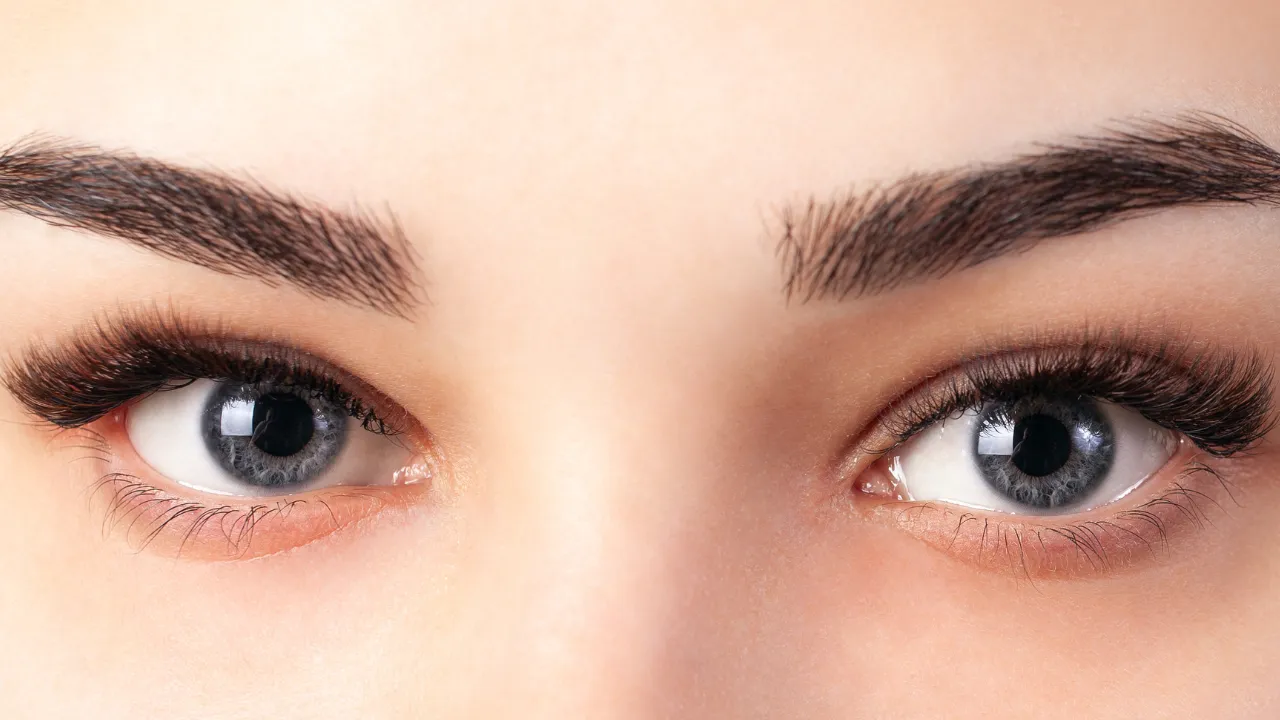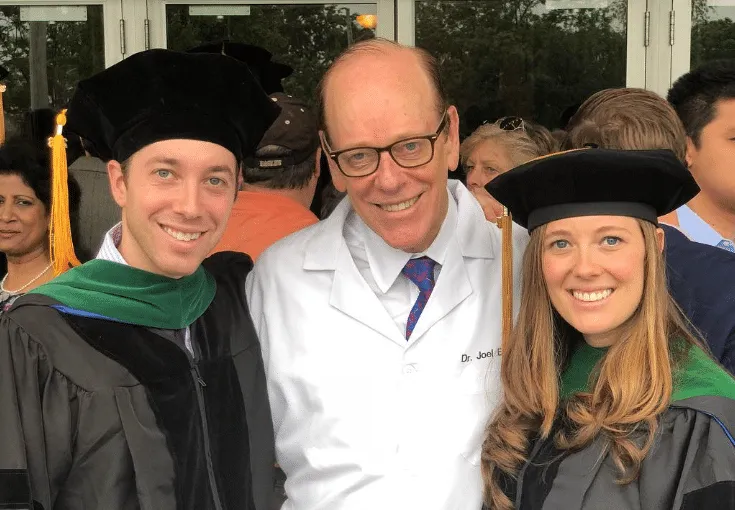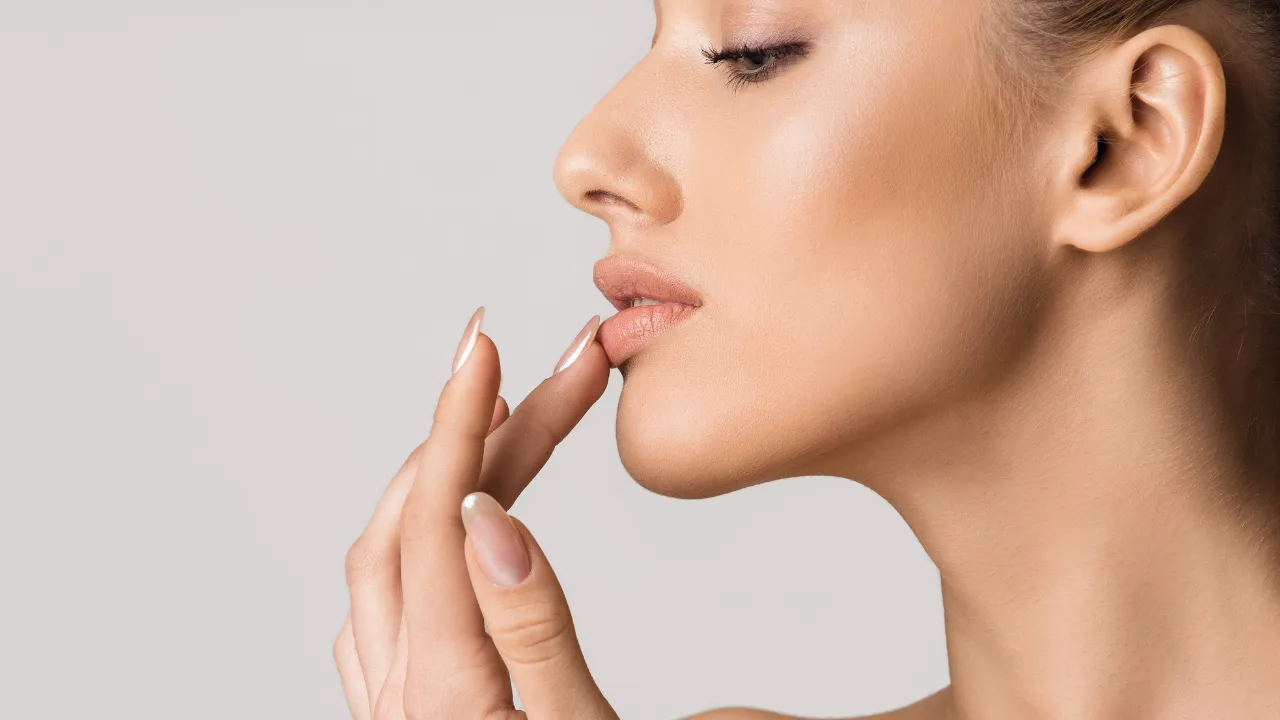The appearance of the eyes, including the upper and lower eyelids, plays a key role in their attractiveness. Sunken or droopy eyelids can give the face a tired or sad look. Since the skin around the eyes is particularly delicate, signs of aging—such as fine lines, fat deposits, and sagging skin—tend to be more noticeable here. On the other hand, smoother, well-defined eyelids can convey a more youthful, happy, and attractive look.
However, not everyone naturally has smooth, well-contoured eyelids, and aging can further affect this area. Individuals may opt for an eyelid lift, also known as blepharoplasty to refresh the eyelids’ appearance.
Table of Contents
ToggleWhat is Blepharoplasty Surgery?
Blepharoplasty, or eyelid surgery, is designed to address common eyelid issues caused by aging, such as fatty deposits, heavy under-eye bags, drooping skin, and fine lines. Sagging skin often leads to folds around the eyes, distorting the natural shape of the eyelids. This not only gives the face a tired, aged, or grumpy appearance but can also interfere with vision when the upper eyelids droop.
The types of Blepharoplasty can be customized to focus on the upper, lower, or both eyelids, depending on the patient’s needs.
Upper Blepharoplasty
Targets issues like droopy, puffy, and wrinkled upper eyelids, which can give an individual a tired, aged, or sad look. To enhance both appearance and function, your surgeon will make precise incisions along the natural eyelid crease, making them barely noticeable after healing. Depending on your needs, small muscles may be tightened, excess skin removed, and fat repositioned for natural-looking results.
The procedure typically lasts one to two hours, with a recovery period of about one to two weeks. Along with improved vision, patients can expect a refreshed, youthful appearance. The effects of upper blepharoplasty generally last at least eight years.
Lower Blepharoplasty
As we age, reduced muscle elasticity under the eyes can result in baggy lower eyelids, dark circles, and shadows, contributing to a tired and worn-out look. Lower blepharoplasty addresses these concerns by making an incision just below the lash line on the outer edge of the lower eyelid. Excess skin and fat are removed, and the incision is closed with fine stitches.
This procedure also takes about one to two hours, with a recovery time of 10 days to two weeks. Like upper blepharoplasty, the results of lower blepharoplasty can last eight years or more.
Different types of double eyelid surgery
1. Bilateral Eyelid Surgery
Also known as combined blepharoplasty, bilateral eyelid surgery addresses both the upper and lower eyelids simultaneously. This procedure is recommended for individuals with sagging or swollen skin in both the upper and lower eyelids.
During the surgery, your surgeon will make tiny incisions along the eyelid creases or natural lid lines. Loose skin will either be tightened or removed, fat deposits will be repositioned or removed, and the muscles will be reshaped to create a more youthful and balanced appearance.
The procedure typically lasts between one to three hours, with a recovery time of 10 days to two weeks. After surgery, patients are advised to wear sunglasses to protect against sun exposure and to avoid activities that strain the eyes, such as watching TV or wearing contact lenses, for at least two weeks. For the first 24 hours, applying a cold compress can help reduce swelling.
2. Asian blepharoplasty or Double Eyelid Surgery
Commonly referred to as “Asian eyelid surgery” due to its popularity among East Asians, double eyelid surgery is a procedure designed for individuals with monolid eyes, which lack a natural crease in the eyelid.
While many people of Asian descent find that monolid eyes suit their facial features, some choose double eyelid surgery to make their eyes appear larger. The procedure creates supratarsal creases—natural-looking folds in the eyelid—resulting in a permanent crease that makes the eyes look bigger, brighter, and more attractive.
Two primary methods are used to create the double eyelid: the full-incisional technique and the suture technique.
3. Ptosis Repair
Ptosis (pronounced “toe-sis”) refers to the drooping of the upper eyelid(s), which can lead to reduced vision when the eyelid partially or fully covers the pupil. Individuals with ptosis often struggle to keep their eyelids open and may raise their eyebrows in an effort to lift the drooping eyelids. In more severe cases, people may even need to lift their eyelids manually to see properly. Children with ptosis can develop amblyopia (lazy eye) or experience developmental delays due to restricted vision.
Symptoms of ptosis tend to worsen as the day progresses or when fatigued. The condition is typically caused by a loosening or stretching of the muscle and tendon responsible for lifting the eyelid. Ptosis surgery involves tightening or reattaching the affected muscle or tendon. The primary objective of the procedure is to elevate the eyelid, restoring normal vision.
4. Entropion Repair
Entropion (en-trō-pē-än) is a condition where the eyelid rolls inward toward the eye, often due to aging and weakening eyelid muscles. This inward-turned eyelid rubs against the eye, causing redness, irritation, pain, and sensitivity to light and wind. If untreated, it can lead to excessive tearing, mucous discharge, and corneal damage, including abrasions or ulcers, as well as increased sensitivity to light and potential eye infections.
Your Goals
Are you seeking a highly skilled and experienced board-certified plastic surgeon for your blepharoplasty or eyelid surgery? Dr. Kopelman, a 35+ year experienced oculofacial plastic surgeon is an exceptional choice.
To start the process, please call the office closest to you to schedule a consultation or fill out the form below.
Different Types of Eyelid Surgery FAQs
What is the most common eyelid surgery?
Blepharoplasty (BLEF-uh-roe-plas-tee) is a surgical procedure that removes excess skin from the eyelids. As we age, the eyelids tend to stretch, and the muscles supporting them become weaker. This can lead to a buildup of excess skin and fat around the eyes, resulting in sagging eyebrows, drooping upper lids, and under-eye bags.
What is the difference between eyelid surgery and blepharoplasty?
Blepharoplasty and eyelid surgery can be used interchangeably, but more often than not, blepharoplasty is performed for cosmetic reasons. The general method behind this procedure involves the removal of excess skin that may have developed on the eyelid to improve overall appearance. Blepharoplasty removes bagginess from the lower eyelids and also helps to improve hooding of the upper eyelids.
Can eyelids be lifted without surgery?
Non-surgical eyelid lift options, such as laser resurfacing, nonsurgical skin tightening and lifting, dermal fillers, micro fat grafting, and an enhanced skincare regimen, can improve the appearance of the upper and lower eyelids for certain patients. These treatments offer a less invasive alternative to surgery.

